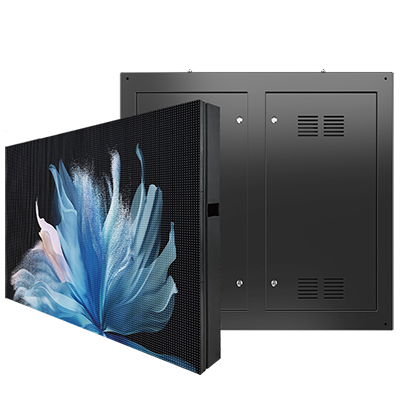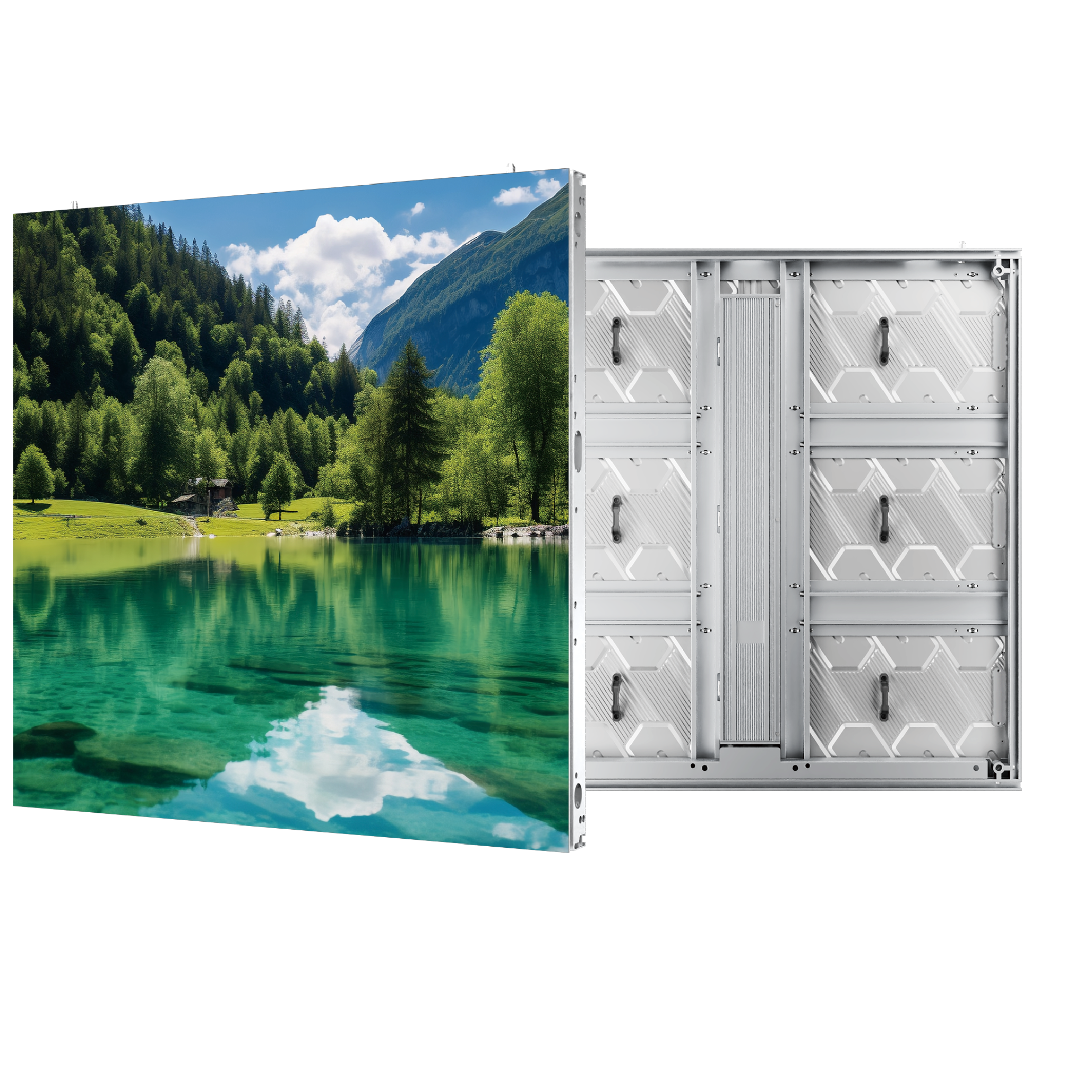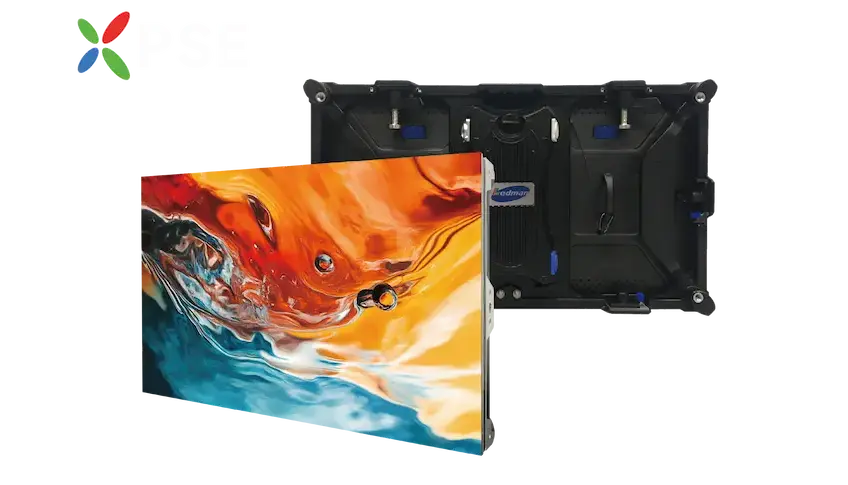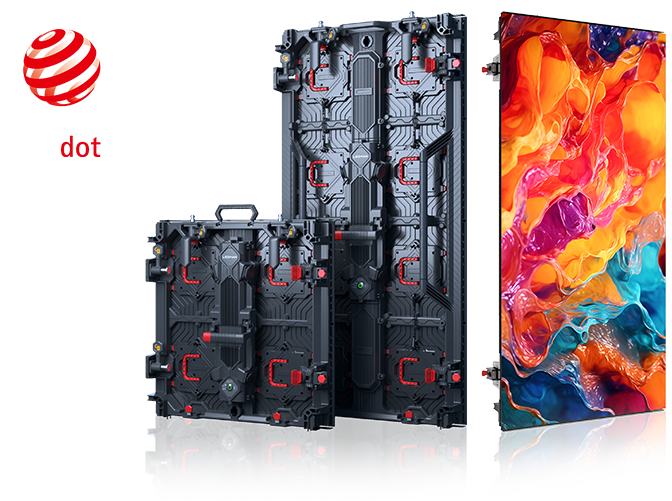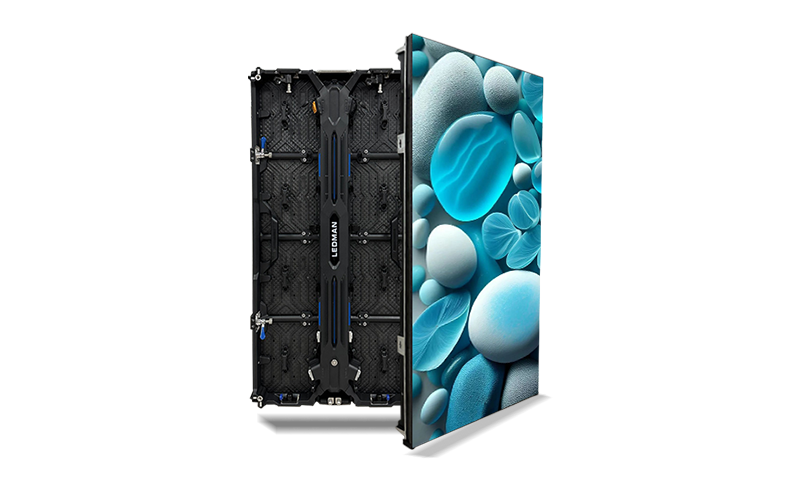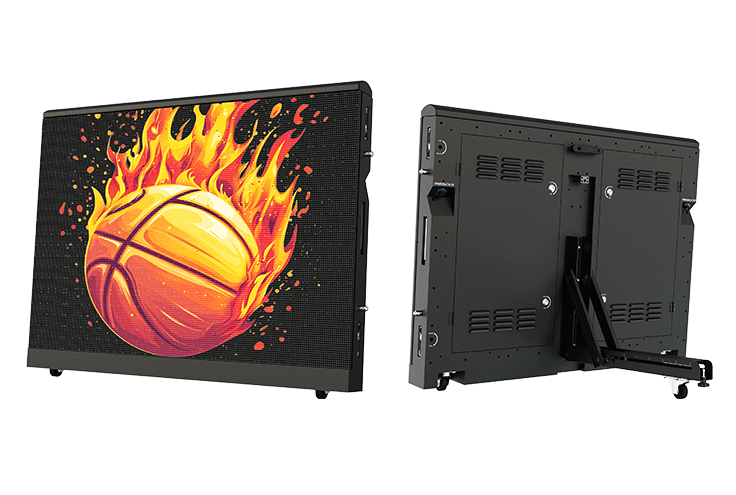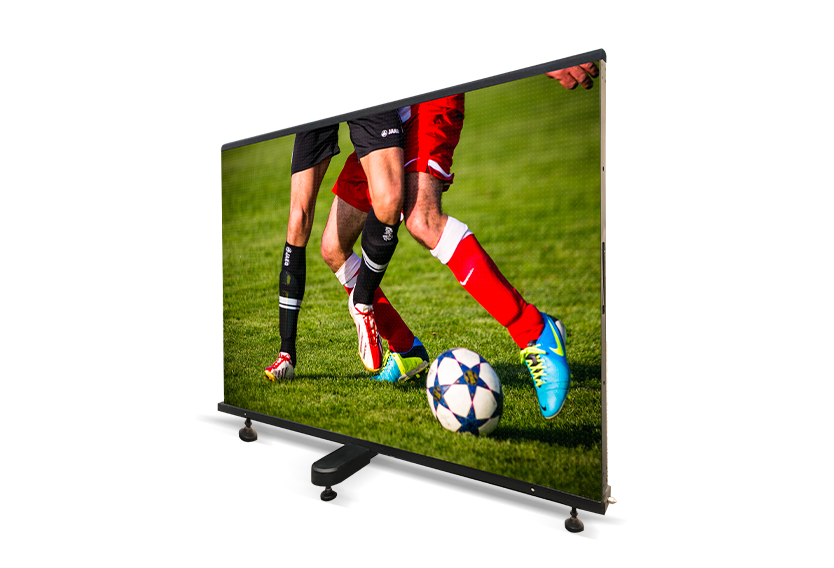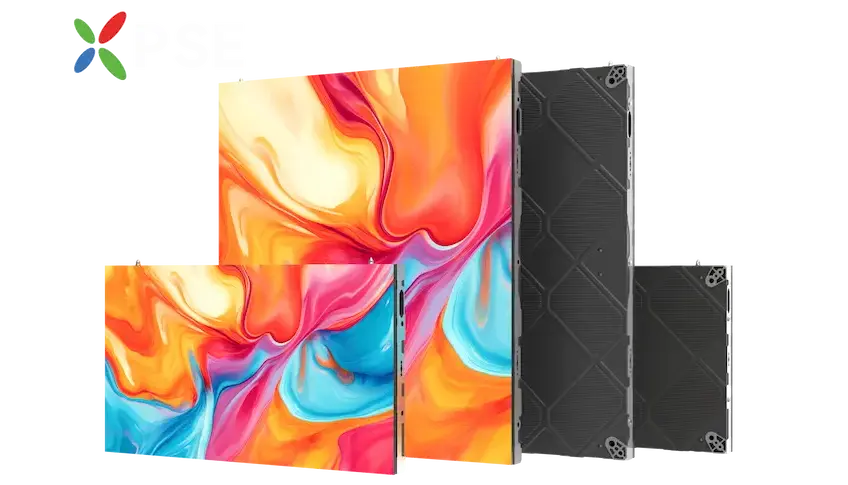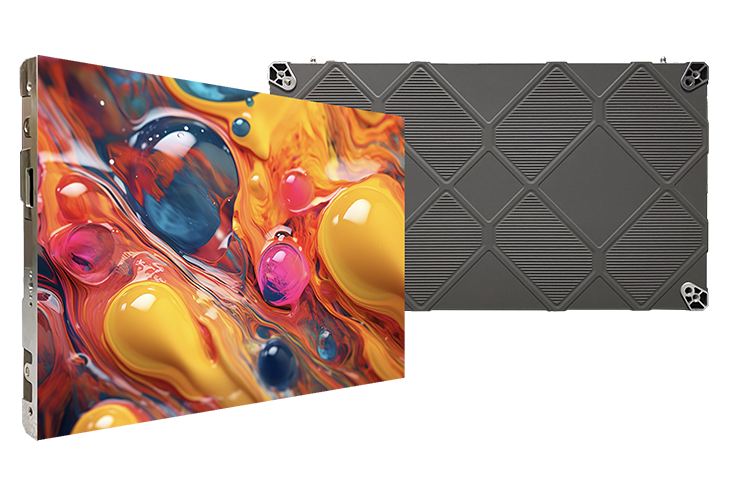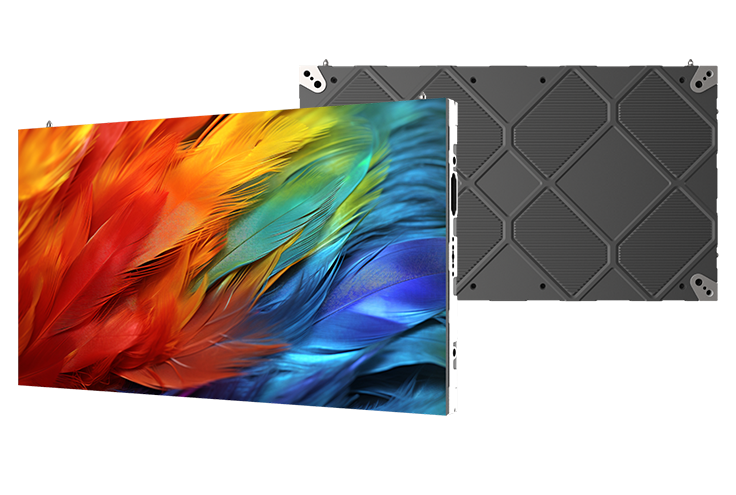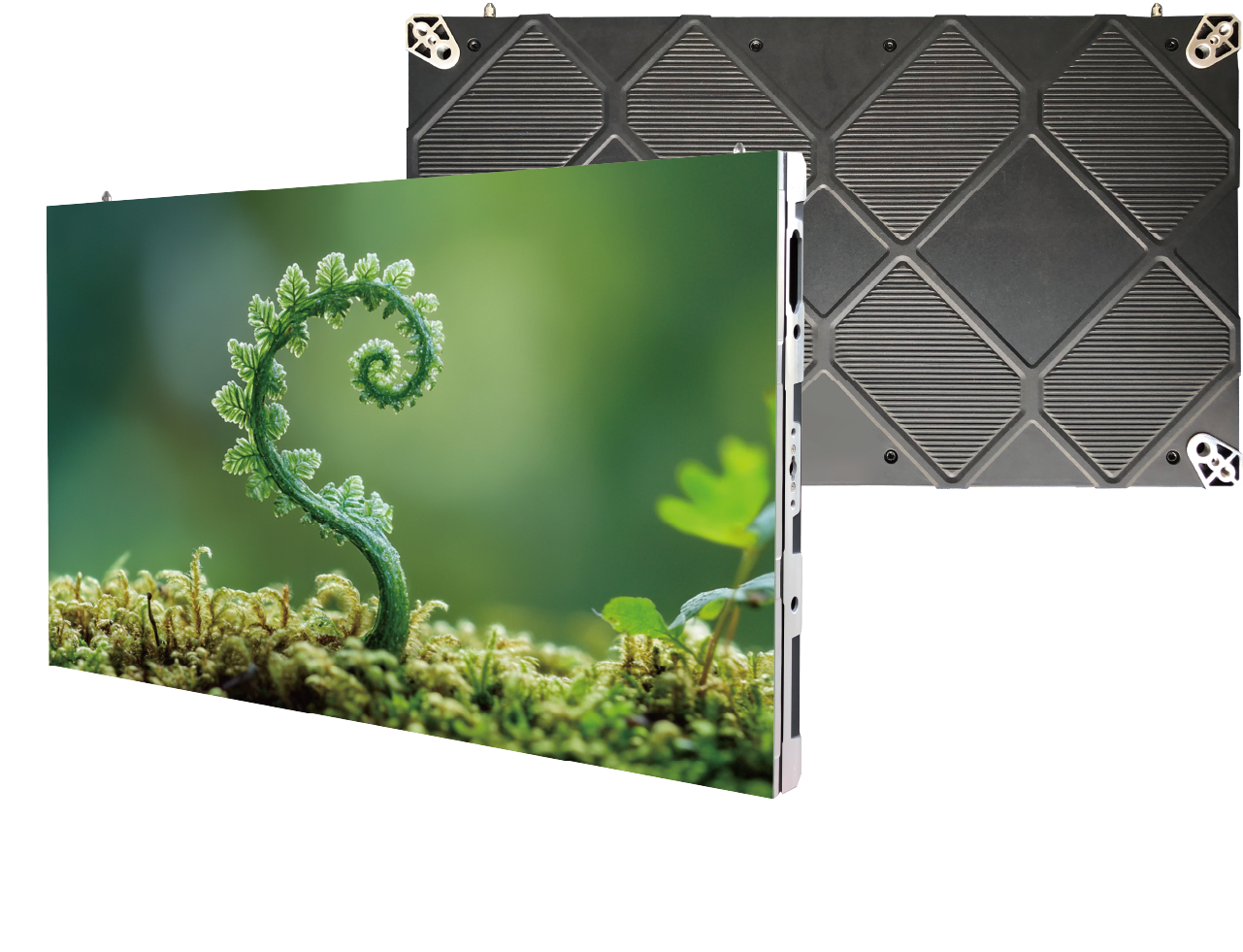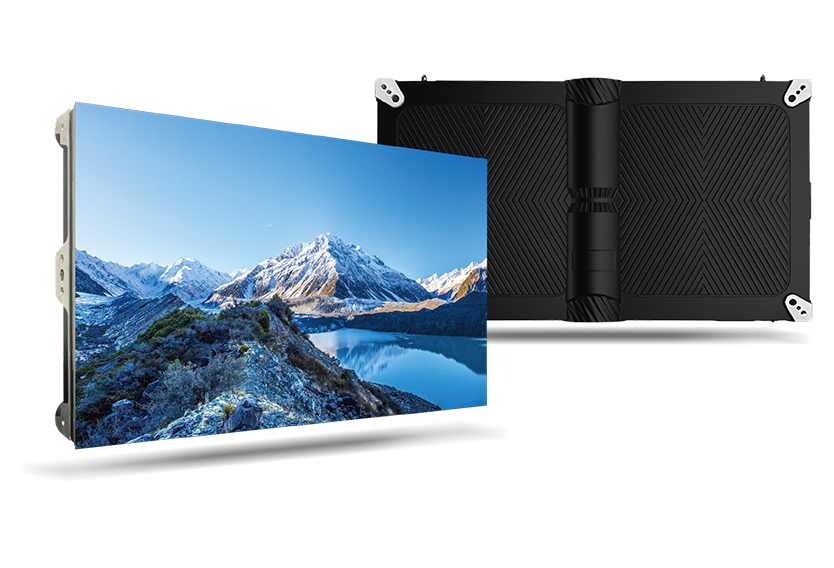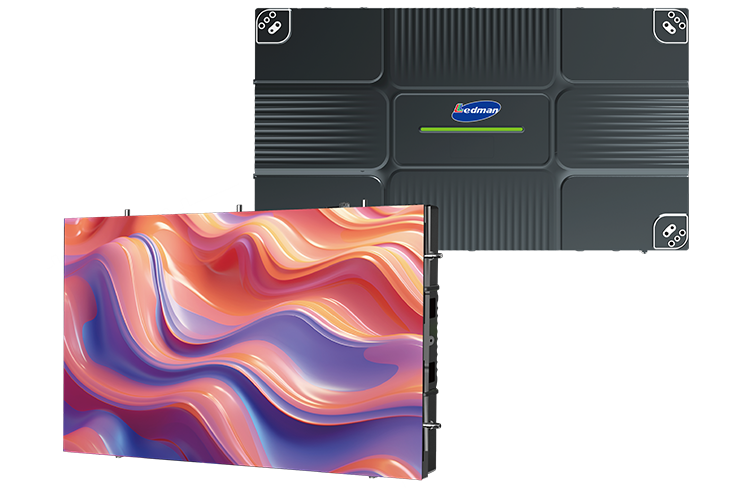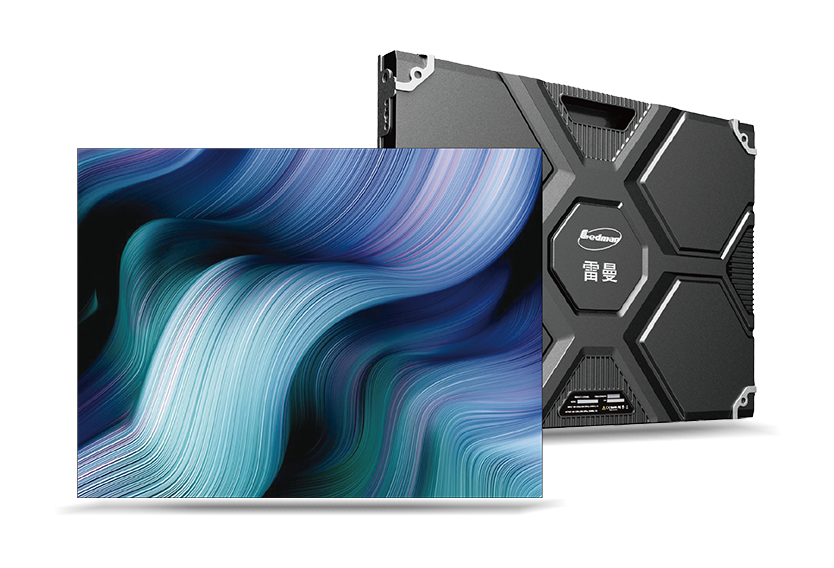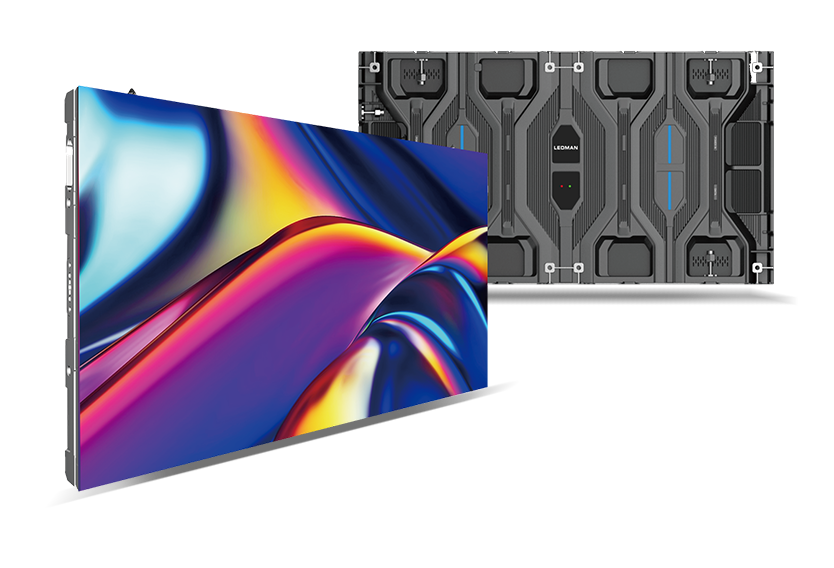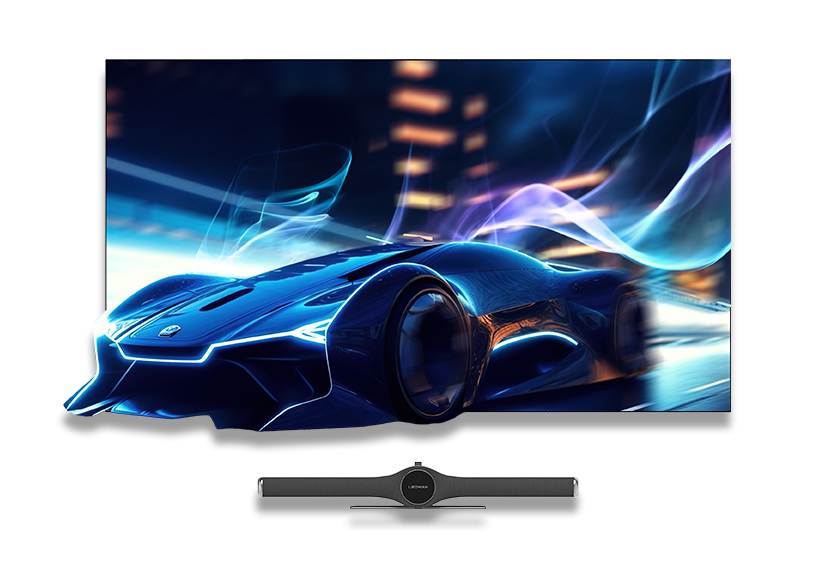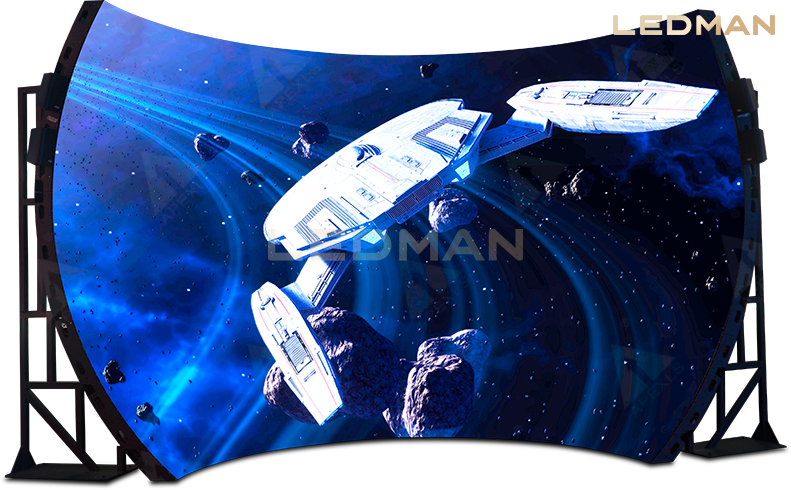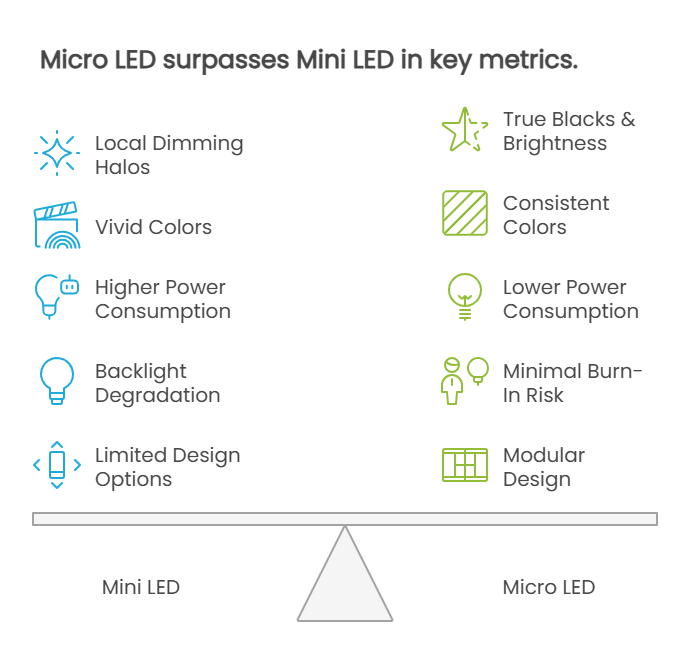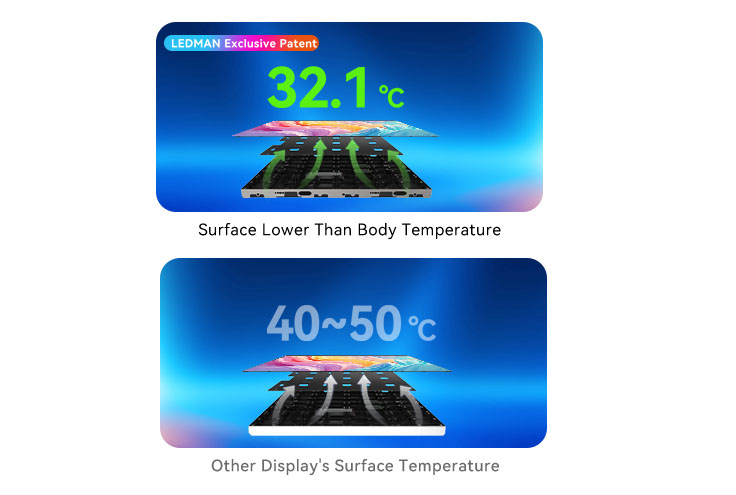Mini LED and Micro LED are everywhere in discussions about the next generation of screens, yet many people still wonder what really sets them apart.
On the surface, both promise brighter visuals, richer colors, and sharper contrasts, but the differences go deeper than a simple spec sheet. Choosing the right one could change the way you experience your favorite movies, games, or even daily work.
In this article, we’ll explore the unique strengths of Mini LED and Micro LED, uncovering what makes each technology stand out—and which might be the better choice for you.
Understanding Mini LED Technology
Definition and Structure
Mini LED uses thousands of tiny LEDs as a backlight for LCD panels. Unlike traditional LED-LCDs, these smaller LEDs are densely packed, allowing more precise control over how different parts of the screen are illuminated. This structure supports higher brightness and contrast while enabling thinner display designs.
Key Advantages
- Improved Contrast: Mini LED can adjust brightness in specific zones, making dark scenes appear deeper and highlights more vivid.
- Better Brightness Control: The dense LED arrangement allows finer control over light distribution, resulting in more accurate images.
- Thinner Displays: Since the LEDs are smaller and more efficient, panels can be slimmer without compromising performance.
Limitations
- Local Dimming Artifacts: The separation into dimming zones can sometimes cause blooming, where bright objects create a slight halo on dark backgrounds.
- Not Fully Self-Emissive: Mini LED cannot produce perfect blacks because it still relies on a backlight.
Despite these limitations, Mini LED offers a significant upgrade over standard LED-LCDs in terms of brightness, contrast, and overall visual experience.
Understanding Micro LED Technology
Definition and Structure
Micro LED uses microscopic individual LEDs where each pixel emits its own light. This self-emissive design means the screen does not rely on a separate backlight, giving it a more direct control over brightness and color at the pixel level.
Key Advantages
- Perfect Blacks and Infinite Contrast:Since each pixel can turn on or off independently, dark areas appear truly black, creating a more striking contrast.
- Faster Response Times:Self-emissive pixels react quickly to changes, which improves motion clarity for videos and gaming.
- Higher Brightness Efficiency:Micro LEDs can achieve high brightness while consuming less energy compared to backlit panels.
Scalability and Durability
- Longer Lifespan: Micro LEDs are highly durable and maintain performance over time.
- Less Risk of Burn-In:Unlike some self-emissive technologies, Micro LED reduces the chances of permanent image retention.
- Flexible for Various Sizes:This technology can be scaled for both large TVs and smaller displays without losing quality.
Micro LED combines efficiency, performance, and longevity, making it one of the most promising options for next-generation displays.
Head-to-Head Comparison: Mini LED VS Micro LED
Brightness & Contrast
Micro LED achieves true blacks because each pixel emits its own light, while Mini LED relies on local dimming zones that can create halos around bright objects on dark backgrounds. This gives Micro LED a clear advantage in both contrast depth and overall brightness control.
Color Accuracy & Range
Colors appear more vivid and consistent on Micro LED displays. The self-emissive pixels allow precise control over hue and saturation, delivering richer visuals across the entire screen.
Energy Efficiency
Micro LED requires less power to reach high brightness levels compared to Mini LED, making it more efficient while still producing superior image quality.
Longevity & Reliability
Micro LED screens are highly durable, with a longer operational life and minimal risk of burn-in. Mini LED, while improved over traditional LED-LCDs, still depends on a backlight that can degrade over time.
Design Flexibility
Micro LED enables thinner, lighter, and more modular display designs. Its structure allows for seamless scaling across both large and small panels, offering more possibilities for innovative screen designs.
While Mini LED offers significant improvements over standard LED-LCDs, Micro LED surpasses it across nearly every key metric, from picture quality to efficiency and durability.
Key Highlights of the QS Series
- Ultra Cold Screen: The screen temperature stays remarkably low during operation—only around 32.1°C—ensuring a cooler surface and a safer, more comfortable viewing experience.
- Ultra High Definition: Proprietary PSE technology supports ultra-high-definition performance, delivering exceptional clarity and detail.
- Super Energy Saving: Power consumption is reduced by approximately 50% compared with similar products, offering both environmental and cost benefits.
- Ultra-High Refresh Rate: A refresh rate of 7,680 Hz provides smooth, flicker-free motion, ideal for high-speed visuals and professional applications.
Conclusion
For businesses seeking high-performance Micro LED displays, the LEDMAN Icescreen QS Series offers an outstanding balance of innovation and reliability.
Explore our website or contact our team to bring the brilliance of Micro LED to your space today!







